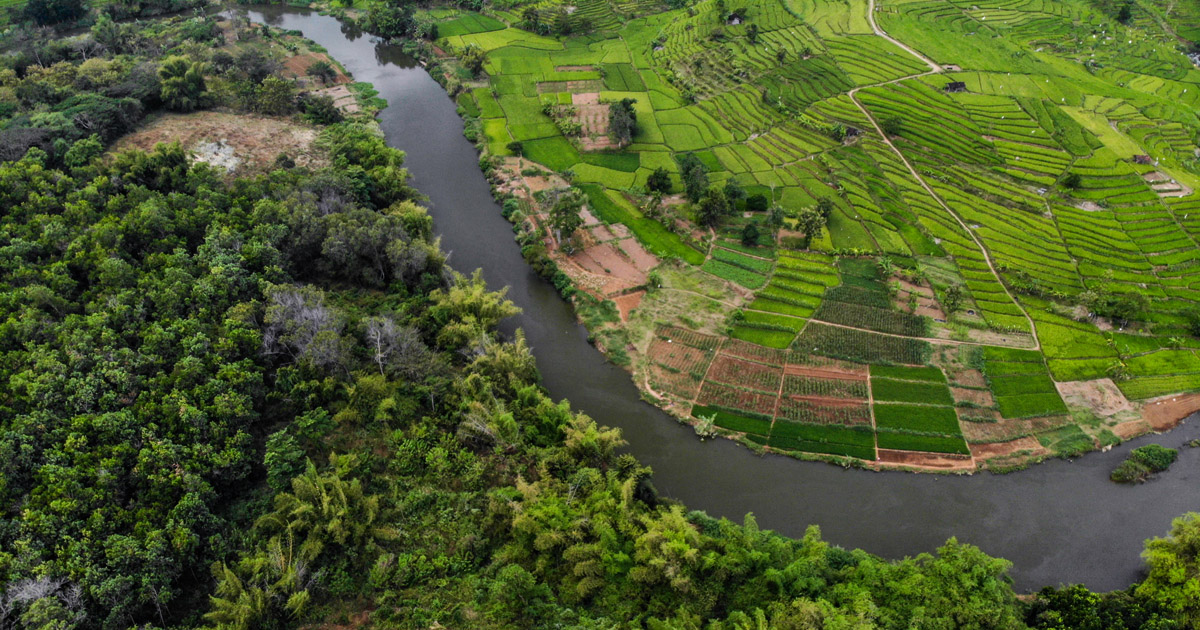Key messages
- The savannahs of northern Ghana were historically an important habitat for elephants.
- The Western Wildlife Corridor (WWC) was identified in 2007 as one of the two main elephant migratory corridors between northern Ghana and southern Burkina Faso.
- The WWC encompasses over 100 villages; livelihood activities in these villages include farming, livestock keeping, small-scale mining and fuelwood extraction, which are putting pressure on resources.
- Elephant presence and movement in the corridor became sporadic in the 1970s with increasing habitat fragmentation and hunting pressure.
- Elephants have changed their routes in the corridor since the 2000s, and now tend to move along the channels of rivers and their tributaries.
- Farmland expansion and livestock grazing are the two most important factors that have forced elephants to change their routes.
- Establishment of a continuum of effective community resource management areas (CREMAs)a throughout the WWC may restore its function as an effective corridor for elephants.
DOI:
https://doi.org/10.17528/cifor-icraf/009308Altmetric score:
Dimensions Citation Count:
Publication year
2024
Authors
Abukari, H.; Imoro, Z.A.; Zida, M.; Ickowitz, A.
Language
English
Keywords
wildlife, elephants, habitat fragmentation, hunting, land use, natural resource management
Geographic
Ghana























